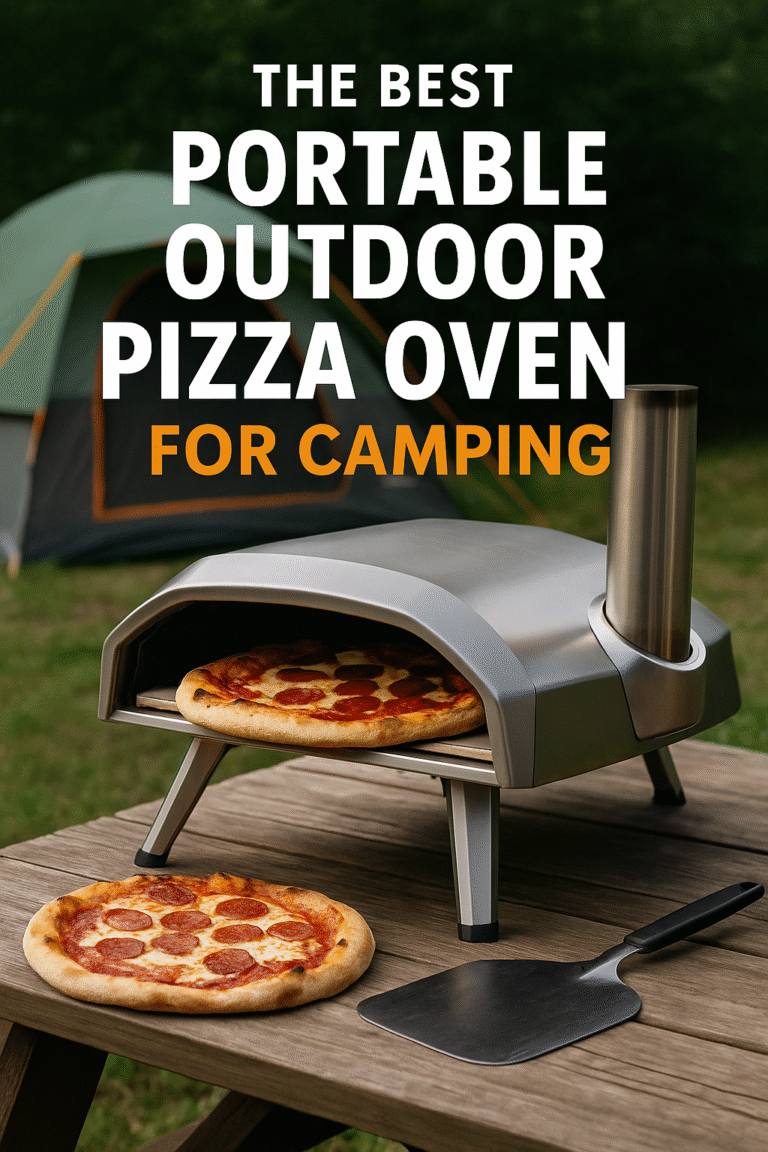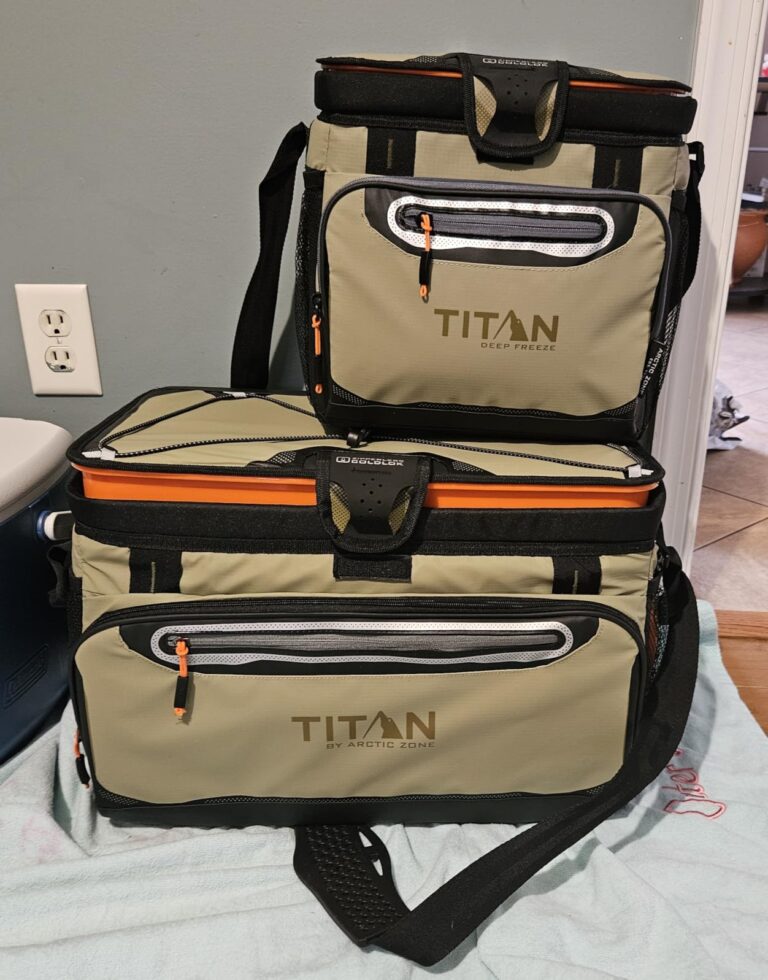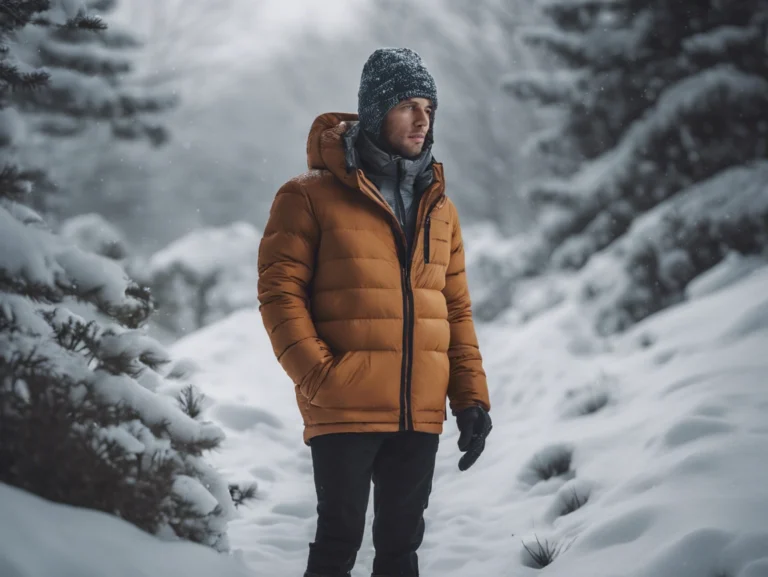Most people have boots now, whether they need them or want to wear them. If you are reading this, you probably wear them for work, and we are sure you know how hard it is to break them in. This article will be the perfect step-by-step guide on How To Break In Walking Boots.
We wear leather boots to work and for fun, and we have a set way of breaking in the new ones, and we wanted to tell you that the next time you get a new pair of boots, you can hit the trail faster and feel even better.

Break In Walking Boots
You researched and finally bought the hiking boots you’ve wanted for a while. You’re excited to wear your new boots because the sun is out, and the weather looks suitable for the day ahead. But an important question needs to be answered. How to get your hiking boots broken in?
It’s safe to say that you won’t be up and out on the first day, smiling as you leave the store while swinging your Trespass bag. Boots, of course, are hard to get used to the first few times you wear them. It’s the same with any shoe, but hiking boots are nasty because they are solid and durable, have thick leather or synthetic midsoles, and may take a while to break in. They also cover your feet and ankles, which can lead to painful blisters.
How To Break In Walking Boots: Three Easy Steps
In your home
Start inside the house before going outside. Wear your hiking boots while you cook dinner or do the laundry. Make sure they fit well and that the tongue is in the right place. If you can, wear the same socks and any insoles you’ll use on the trails.
Around town
After breaking in your boots at home for a while, it’s time to go outside. You can wear them for short strolls around the neighborhood. Take the dog out. Visit a park. You can wear them to the grocery store or while running errands. After that, explore different urban characteristics such as grassy fields, steel bridges, concrete overpasses, urban playgrounds, and metal sports bleachers while trekking up increasingly steep slopes. Start with short trips and build up to longer ones.
On the trail
Now that you’ve worn your boots around town, it’s time to hit the trails, but don’t start too big. To finish the process, choose some easy day hikes that take 1-1/2 to 2 hours or less. As you walk, dirt, rocks, roots, and other natural things stretch and shape your shoes. Try to choose hikes that take you uphill, and even if you don’t need to, wear a backpack to add weight.
How to Avoid Blisters When Breaking Into Your Hiking Boots
- Pay close attention to the sensations of your feet. As soon as something hurts, try retying the laces and putting moleskin tape on the sore spot.
- Wear thicker, moisture-wicking socks, ideally made of merino wool. Check to see whether your socks are too tight in specific places.
- Take off your shoes whenever you stop, give your feet a few minutes to air, and check for blisters.
- If your socks become wet, replace them immediately for a dry pair.
How To Break In Walking Boots: Important Tips
Lace-up your boots
The best method to avoid blisters is to put your boots on at home. Make sure they fit well, and the tongue is in the middle of your foot so it doesn’t rub on the side. Once you’ve tightened your laces, ensure the knot is secure, so it doesn’t come undone and rub.
Avoid trying shortcuts
It’s tempting to speed up the process of getting your hiking boots broken in. But it’s best to avoid quick fixes like soaking them in warm water and freezing them overnight. These tactics seldom work, and even when they do, they often harm your shoes or cause them to wear out quicker. Learn to care for your outdoor equipment and follow the manufacturer’s directions. And remember that time is the best way to break in hiking boots.
Remember to break in your feet.
Not only do you need to worry about your hiking shoes, but you also need to break in your feet. As you wear your boots more often, please pay close attention to where they touch your feet, especially where they feel like they are rubbing. We call these “hot spots.” The key to making valuable calluses is to wear your boots long enough to handle hot spots starting to form, but take them off before blisters form.
What makes a good walking boot?
When picking out a pair of walking boots, you should think about where and when you want to wear them and what kind of walks you like to go on. You’ll need a heavy-duty boot if you can climb Scafell Pike in the rain without breaking a sweat and love the most challenging hikes. On the other hand, some of the lighter shoes on this list may be better for you if you like to walk on flat ground in good weather.
When you make your final choice, keep this in mind and think about how some of these features would fit your average hike:
Waterproofing
Most boots now contain a waterproof inner to dry your feet in rainy weather. Full-waterproof boots, on the other hand, often cost more. But knowing how bad the weather is in Britain, we’d suggest putting this at the top of your list.
Breathability
Most walking boots on the market today can let air in and out. This will help keep your feet cool and stop them from getting too hot on long hikes.
Material
Different kinds of materials will have different pros and cons. Leather boots are tough and long-lasting and work well in harsh climates. On the other hand, synthetic materials are cheaper and easier to break in. Also, you should consider whether you want a vegan shoe. These shoes won’t have been made with leather or other materials that come from animals.
Fit
Walking boots should fit snugly but be tight enough. Your toes should also be able to move and stretch to give you more stability.
Different Types of Hiking Boots
Before we get into breaking in and testing out your hiking boots, let’s go through the many sorts of footwear you may wear. We’re talking about real adult shoes here, like strong and durable hiking boots for men and women.
Light hiking boots

The shoes that are most like these ultra-light boots are trail running shoes. But a pair of trail runners will only get you very far if the terrain is rough and you plan to carry a lot of extra weight. An excellent all-terrain boot is better than trail running shoes any day of the week. You’ll get all the comfort and style of a trail runner with light hiking boots, but you’ll also get the support and durability of tight hiking boots.
Boots for mountain climbing
These boots are heavy, long-lasting, and can be trusted. They will add more weight to the things you must carry, but they will keep going with you halfway up the mountain.

Boots for hiking
They are the best boots for hiking long distances on most types of terrain. While lower in weight than mountaineering boots, they are significantly more robust than light hiking boots. Most of the time, these high-rise boots have insoles that fit well and are stiffer than regular hiking boots.

All hiking boots have in common: you need to try them on before hiking. The heavier the boot, the longer it will take to adjust it to your feet.
Final Words
This guide explains How To Break In Walking Boots. We will take every action to ensure that you understand this tutorial. We hope you like this article. Please stay in touch if you need help with anything.














